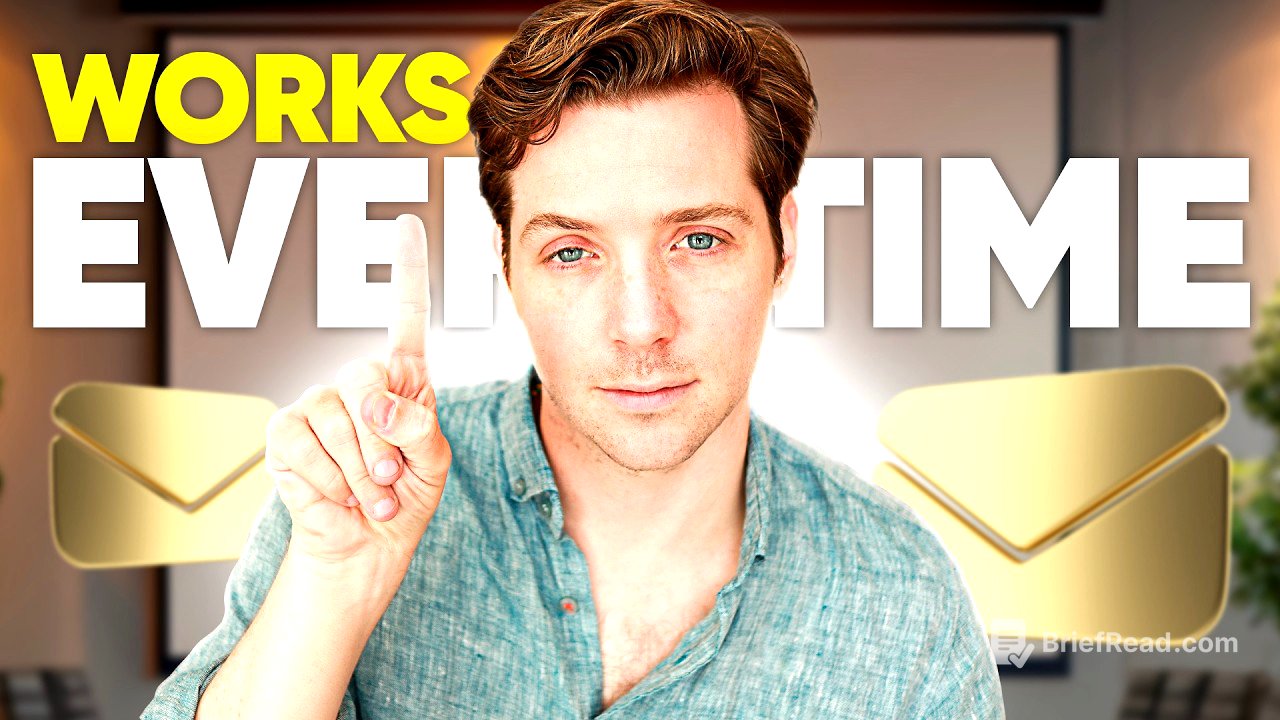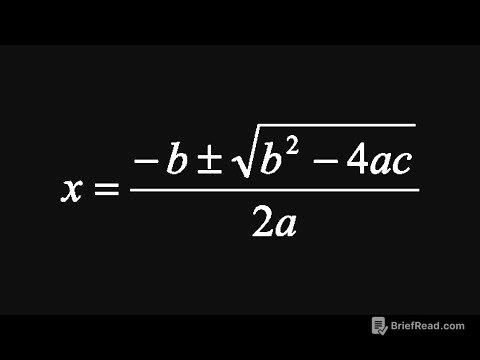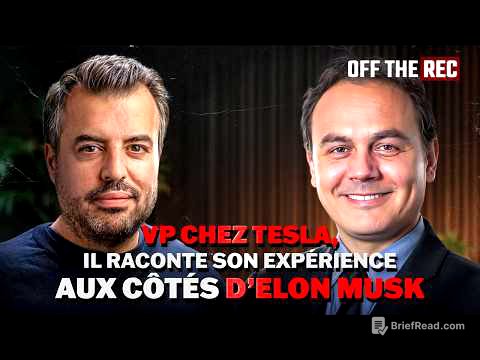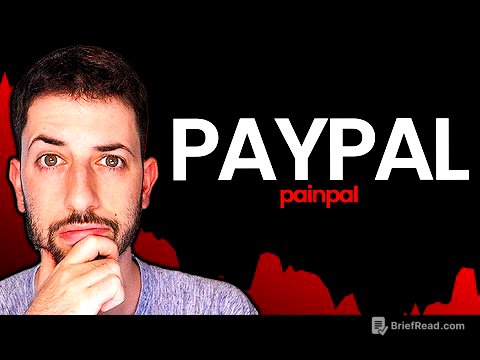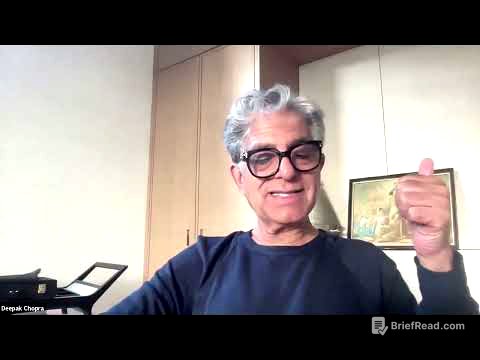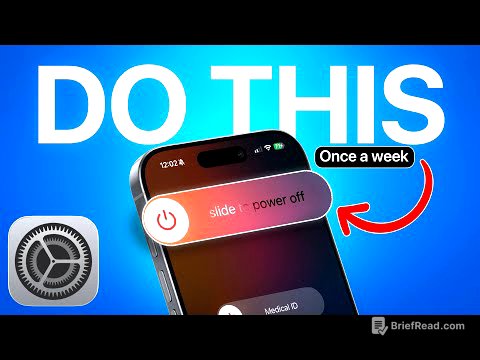TLDR;
This video reveals the secret formula for writing cold emails that actually work and generate revenue. The video focuses on six common cold email mistakes and provides solutions to avoid them. It also includes three cold email templates that can be used for different industries.
- Avoid common cold email mistakes: Being vague, talking about yourself instead of the prospect, lacking personalization, using poor subject lines, having a weak call to action, and not following up.
- Use specific language and focus on the prospect's needs: Instead of generic statements, tailor your emails to the recipient's business and highlight how your services can solve their problems.
- Implement a strong call to action and follow up relentlessly: Clearly state what you want the recipient to do next and don't give up on potential clients.
Cold Email Mistake #1: Being Vague [1:11]
This chapter explains the importance of being specific in your cold emails. Instead of using broad statements like "we offer great services," provide concrete examples of what you do and how it can benefit the recipient. For example, instead of saying "we offer great services," you could say "we specialize in helping law firms generate leads for DUI cases."
Cold Email Mistake #2: Talking About Yourself [1:49]
This chapter emphasizes the importance of focusing on the prospect's needs rather than your own accomplishments. Instead of highlighting your experience, focus on how you can solve their problems. For example, instead of saying "I have 10 years of experience in marketing," you could say "I can help you increase your sales by leveraging my 10 years of experience in marketing."
Cold Email Mistake #3: Lack of Personalization [2:18]
This chapter stresses the importance of personalization in cold emails. Generic emails that look like they were sent to hundreds of people are ineffective. Instead, use the recipient's name, mention something specific about their business, and demonstrate that you've done your research.
Cold Email Mistake #4: Poor Subject Lines [2:50]
This chapter highlights the crucial role of subject lines in determining whether your email gets opened. Avoid spammy phrases and keep things simple and intriguing. A good subject line should trigger curiosity and make the recipient want to learn more.
Cold Email Mistake #5: Weak or No Call to Action [3:10]
This chapter emphasizes the importance of a clear and direct call to action. Tell the recipient exactly what you want them to do next, whether it's scheduling a call or replying to your email. Make sure your call to action is easy to follow.
Cold Email Mistake #6: Not Following Up [3:37]
This chapter stresses the importance of relentless follow-up. Don't give up on potential clients too quickly. Persistence is key, and some deals may take years to close.
Good Cold Email Example [3:58]
This chapter provides a real-life example of a poor cold email and then demonstrates how to write a good cold email by addressing the six mistakes discussed earlier. The good email is specific, focuses on the prospect's needs, is personalized, has a strong subject line, includes a clear call to action, and demonstrates the importance of follow-up.
Cold Email Templates [5:51]
This chapter provides three cold email templates that can be used for different industries: e-commerce marketing, software for agency owners, and agencies that help other agencies streamline operations. Each template demonstrates the principles discussed earlier and provides a framework for writing effective cold emails.
Scaling Your Business [7:41]
This chapter emphasizes the importance of having the right systems in place to support business growth. The speaker highlights the challenges of scaling and encourages viewers to watch a previous video on this topic.
